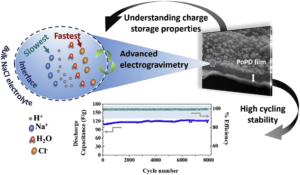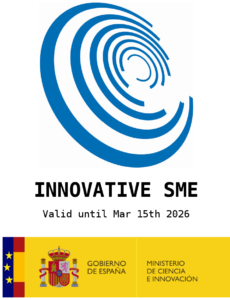From this panel the user will be able to configure the cookies that the website can install in their browser, except for the technical or functional cookies that are necessary for browsing and using the different options or services that are offered.
The selected cookies indicate that the user authorises the installation in their browser and the processing of data under the conditions stated in the Cookie Policy.
The user can check or uncheck as they wish to accept or reject the installation of cookies.
COOKIES CONTROLLED BY THE EDITOR
|
|
|
Analytics |
|
| Property |
|
Cookie |
Purpose |
Term |
| awsensors.com |
_ga |
|
ID used to identify users |
in 2 years |
| awsensors.com |
_gat |
|
Used to monitor number of Google Analytics server requests when using Google Tag Manager |
Sesión |
| awsensors.com |
_gid |
|
ID used to identify users for 24 hours after last activity |
in 20 hours |
|
|
|
Marketing |
|
| Property |
|
Cookie |
Purpose |
Term |
| google.com |
NID |
|
This cookies is used to collect website statistics and track conversion rates and Google ad personalisation |
in 7 months |
Desde este panel podrá configurar las cookies que el sitio web puede instalar en su navegador, excepto las cookies técnicas o funcionales que son necesarias para la navegación y la utilización de las diferentes opciones o servicios que se ofrecen.
Las cookies seleccionadas indican que el usuario autoriza la instalación en su navegador y el tratamiento de datos bajo las condiciones reflejadas en la Política de cookies.
El usuario puede marcar o desmarcar el selector según se desee aceptar o rechazar la instalación de cookies.
COOKIES CONTROLADAS POR EL EDITOR
|
|
|
Analíticas |
|
| Propiedad |
|
Cookie |
Finalidad |
Plazo |
| awsensors.com |
_ga |
|
ID utiliza para identificar a los usuarios |
en 2 años |
| awsensors.com |
_gat |
|
Se utiliza para monitorizar el número de peticiones al servidor de Google Analytics cuando se utiliza el Administrador de etiquetas Google |
Sesión |
| awsensors.com |
_gid |
|
ID utiliza para identificar a los usuarios durante 24 horas después de la última actividad |
en 20 horas |
|
|
|
Publicitarias |
|
| Propiedad |
|
Cookie |
Finalidad |
Plazo |
| google.com |
NID |
|
Estas cookies se utilizan para recopilar estadísticas del sitio web y rastrear las tasas de conversión y la personalización de anuncios de Google |
en 7 meses |



